By Al Hemingway
Among Alexander the Great, Hannibal Barca and Julius Caesar, the question is often asked, “Who was the best leader?” That extremely difficult question requires a close examination not only of each man’s leadership qualities and victories, but of what he achieved with those victories once he had conquered his foes.
In his new book, Masters of Command: Alexander, Hannibal, Caesar and the Genius of Leadership (Simon & Schuster, New York, 2012, 320 pp., maps, photographs, notes, $26.00, hardcover), Barry Strauss, an expert on ancient military history, closely examines each leader’s strengths and weaknesses when they commanded their respective armies.
Strauss identifies 10 qualities that leaders must possess to be successful—ambition, judgment, leadership, audacity, agility, infrastructure, strategy, terror, branding, and divine providence—and how each man measured up to these traits. He also compares each general to what he refers to as the five stages of war—attack, resistance, clash, closing the net and knowing when to stop. The author arrives at some interesting conclusions. Although ruthless, ambitious and even treacherous at times, each general was a master at waging war. That is why their tactics and battles are still studied by many today.
Unlike Hannibal and Caesar, who were older, Alexander was only 20 years of age when he ascended to the throne after his father, King Philip of Macedonia, was assassinated. He was a risk taker, not only in his campaigns, but in his personal bravery on the battlefield, where he positioned himself in the thick of the fighting and was wounded seven times. Unfortunately, despite his incredible accomplishments, including conquering most of the known world, Alexander lacked the diplomatic and administrative skills sorely needed to manage his vast empire. Basically, the mundane tasks of a ruler bored him. It was the thrill and adrenaline rush of war that excited him. The lack of interest in ruling his vast kingdom would eventually prove to be his downfall.
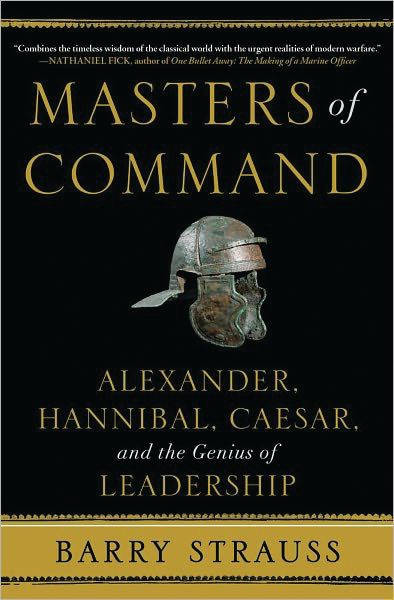 Hannibal the Carthaginian was a brilliant tactician. His crossing of the Alps to invade Italy was a masterstroke that caught the Romans completely off guard. His troop movements at the Battle of Cannae in 216 bc, where thousands of Roman soldiers were slaughtered, were extraordinary. But, when it came to politics and strategy, Hannibal did not fare well. Immediately following the massacre at Cannae, Hannibal should have heeded the advice of his commanders and moved on Rome itself. Instead, he chose a more cautious route that eventually led to his defeat.
Hannibal the Carthaginian was a brilliant tactician. His crossing of the Alps to invade Italy was a masterstroke that caught the Romans completely off guard. His troop movements at the Battle of Cannae in 216 bc, where thousands of Roman soldiers were slaughtered, were extraordinary. But, when it came to politics and strategy, Hannibal did not fare well. Immediately following the massacre at Cannae, Hannibal should have heeded the advice of his commanders and moved on Rome itself. Instead, he chose a more cautious route that eventually led to his defeat.
Perhaps the most popular of the trio is Julius Caesar. Not only a great commander, Caesar was also an excellent writer. As the author says, “His Commentaries are classic works of military narrative and political propaganda.” Despite his lack of a military background, Caesar’s biggest attribute was his maturity. He had conquered Gaul and his name became a household word in Rome, much to the chagrin of the Roman nobility. He fought a bloody civil war that eventually catapulted him to the position of dictator and began the reign of the Caesars in Rome. If there was one area where Caesar lacked success, it was in logistics, providing food and other supplies for his army. In the end, his arrogance would prompt his fellow Romans to stab him to death on that fateful day in March 44 bc.
Strauss has written an exciting and readable narrative that is as relevant today as its subjects were centuries ago. “It offers lessons for leaders in many walks of life,” he writes, “from the war room to the boardroom—lessons and warnings.”
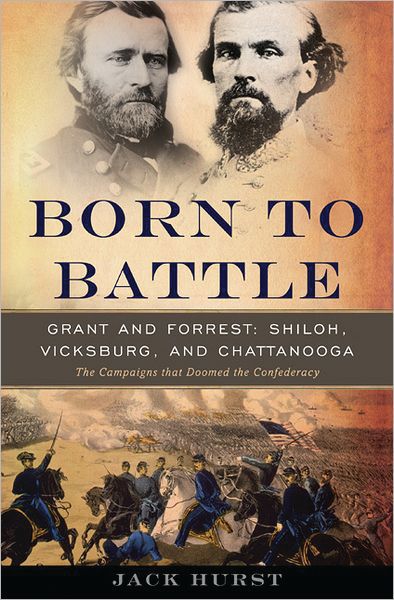 Born to Battle: Grant and Forrest—Shiloh, Vicksburg, and Chattanooga, The Campaigns That Doomed the Confederacy by Jack Hurst, Basic Books, New York, 2012, 512 pp., maps, illustrations, notes, bibliography, $29.99, hardcover.
Born to Battle: Grant and Forrest—Shiloh, Vicksburg, and Chattanooga, The Campaigns That Doomed the Confederacy by Jack Hurst, Basic Books, New York, 2012, 512 pp., maps, illustrations, notes, bibliography, $29.99, hardcover.
On the surface, Union general Ulysses S. Grant and Confederate general Nathan Bedford Forrest had nothing in common. Each came from totally different backgrounds—Forrest was a wealthy slave owner and Grant was a West Point graduate turned failed career officer. However, as author Jack Hurst states, each man did have one attribute that set them apart from others in their respective armies. They each possessed an absolute tenacity to win at all costs. Once they set their minds to something, especially on the battlefield, they wanted complete victory.
Another facet of their upbringing set them apart from their peers. Each had come from humble beginnings and had to overcome that prejudice among many of their fellow officers they served with who considered themselves elite soldiers and gentlemen above the likes of the volunteer soldier. Although a self-made millionaire, Forrest was looked upon as unpolished by his fellow officers. The vast majority of the Confederate officer corps had come from the Southern aristocracy, and many treated Forrest as a second-class citizen. Such was the case with his immediate commander, the inept Braxton Bragg, who viewed most volunteer soldiers with contempt. The self-serving Bragg, however, did use Forrest’s successful raids against Union supply lines to his advantage when writing his reports to President Jefferson Davis. Lacking in formal military training, Forrest nonetheless was brilliant on the battlefield and outshone his fellow West Pointers.
Grant, too, had to rise above the discrimination he received within the ranks of the Union Army. Despite his stellar performance in the Mexican War, the Illinois-born Grant had a bout with the bottle that prematurely ended his Army career. Prior to the conflict, Grant was a failure at every business he tried and ended up selling fire wood on a St. Louis street corner to feed his family. Carefully maneuvering among the political appointees who tried to get him relived of command, Grant finally emerged as President Abraham Lincoln’s favorite. “I can’t spare this man; he fights,” Lincoln said after the Battle of Shiloh in 1862, when some clamored for Grant’s dismissal.
Hurst covers the period when Grant served in the western theater of operations and opposed Forrest, before he was summoned east to slug it out with Robert E. Lee. The book is a great character study of two leaders who, in spite of their different leadership styles, fought like demons to achieve their objectives. Forrest will always be remembered for his creation of the Ku Klux Klan and the massacre of both black and white troops at Fort Pillow, overshadowing his superlative performance as a cavalry leader.
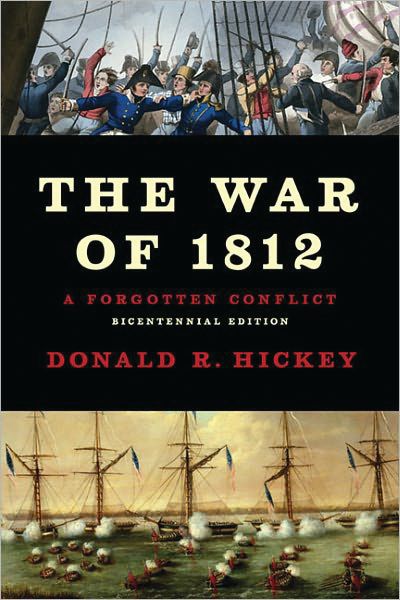 The War of 1812: A Forgotten Conflict, Bicentennial Edition by Donald R. Hickey, University of Illinois Press, Springfield, 2012, 455 pp., maps, illustrations, notes, index, $24.95, softcover.
The War of 1812: A Forgotten Conflict, Bicentennial Edition by Donald R. Hickey, University of Illinois Press, Springfield, 2012, 455 pp., maps, illustrations, notes, index, $24.95, softcover.
The title of this newest entry among the many books being published to remember the 200th anniversary of the War of 1812 is most appropriate. The war has, indeed, been largely forgotten.
Historians have dubbed the War of 1812 the “second war of independence” and they are correct. Slightly more than 30 years after America defeated and lifted the colonial yoke from Great Britain, the fledgling United States again was fighting her former master. The origins of the war were myriad—trade, tariffs and the impressments of American seaman off merchant ships by the British Navy.
Initially, the miniscule U.S. Navy did a marvelous job battling the British, who were viewed as the masters of the sea at that time. The American Army, on the other hand, performed miserably. The humiliating defeat at the Battle of Bladensburg, Maryland, a mere nine miles from Washington, left the road wide open for the British to move on the capital and eventually set it ablaze. By 1814, both sides hammered out an agreement, but not before General Andrew Jackson sent the British fleeing in New Orleans after a botched invasion attempt to seize control of that port and the Mississippi River.
The author has given the reader a detailed account of the reasons why the War of 1812, whatever its comparative obscurity, defined who we are as a nation and where we are today.
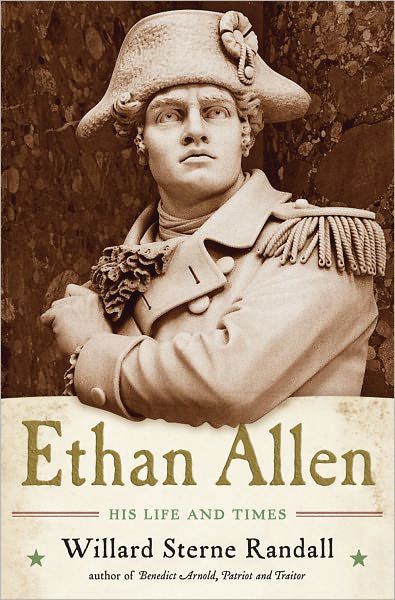 Ethan Allen: His Life and Times by Willard Sterne Randall, W.W. Norton & Company, New York, 2011, 617 pp., illustrations, notes, index, $35.00, hardcover.
Ethan Allen: His Life and Times by Willard Sterne Randall, W.W. Norton & Company, New York, 2011, 617 pp., illustrations, notes, index, $35.00, hardcover.
An iconic figure of near mythical proportions, Ethan Allen was a staunch proponent of statehood for Vermont during the tumultuous period surrounding the American Revolution. Born in Connecticut, Allen fell in love with Vermont when he first traveled there as a young man. His strong unwavering beliefs concerning religion often got him in trouble with the local clergy.
Brash and arrogant, Allen shared leadership of the campaign to seize Fort Ticonderoga from the British in the early stage of the war with Benedict Arnold, who would turn traitor some years later after becoming disillusioned with the American cause. Allen and Arnold never saw eye-to-eye and for a brief time, after they captured the fort, Allen had him imprisoned and never mentioned Arnold’s name when he filed his report about the action, a move that infuriated Arnold.
The author does an excellent job of following the tempestuous life of Allen from his childhood, growing up in Connecticut, and his incarceration as a British prisoner of war, when he narrowly escaped death. Allen’s frequent battles with the New York authorities on land rights along the Vermont border led him to organize the Green Mountain Boys, the largest paramilitary organization in America at the time.
Sadly, Allen died of a stroke at the age of 51 before Vermont was admitted to the United States and never saw his dream become a reality. Even in death, Allen defied the religious community and had a civil ceremony, with an estimated 10,000 Vermonters in attendance. This is a long overdue biography focusing on one of the most popular personalities during the infancy of the United States.
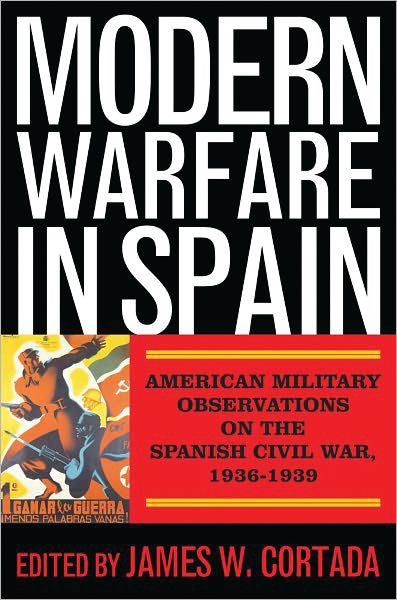 Modern Warfare in Spain: American Military Observations on the Spanish Civil War, 1936-1939 edited by James W. Cortada, Potomac Books, Dulles, VA, 2011, 374 pp., maps, photographs, notes, index, $35.00, hardcover.
Modern Warfare in Spain: American Military Observations on the Spanish Civil War, 1936-1939 edited by James W. Cortada, Potomac Books, Dulles, VA, 2011, 374 pp., maps, photographs, notes, index, $35.00, hardcover.
Author Cortada provides a unique look at the three-year Spanish Civil War (1936-39) through the eyes of American military attaches and observers, including retired U.S. Army colonel Stephen O. Fuqua. Colonel Fuqua had served during the Spanish-American War, the Philippine Insurrection, and World War I and brought extensive experience as a military observer in giving detailed reports to the War Department during the civil war within Spain.
At that time, the U.S. War Department was thirsting for knowledge dealing with strategy, aircraft, weaponry and troop morale on both sides of the war. On the Nationalist side Germany, Italy and Portugal provided aid, with the Nazi government sending the lion’s share of it. On the Republican side, which wass often associated with communists and socialists, aid came from the Soviet Union, Mexico and France. Private citizens from numerous countries joined in the rebellion and formed international brigades, such as the Abraham Lincoln Battalion, made up of American volunteers.
The reader will gain insight from Fuqua’s own observations and other military attaches’ reports, which are organized in chronological order. Historians have called the 989-day Spanish Civil War a dress rehearsal for World War II. And as the author states, it was “one of the longest, bloodiest, and most brutal internecine struggles of modern history.”
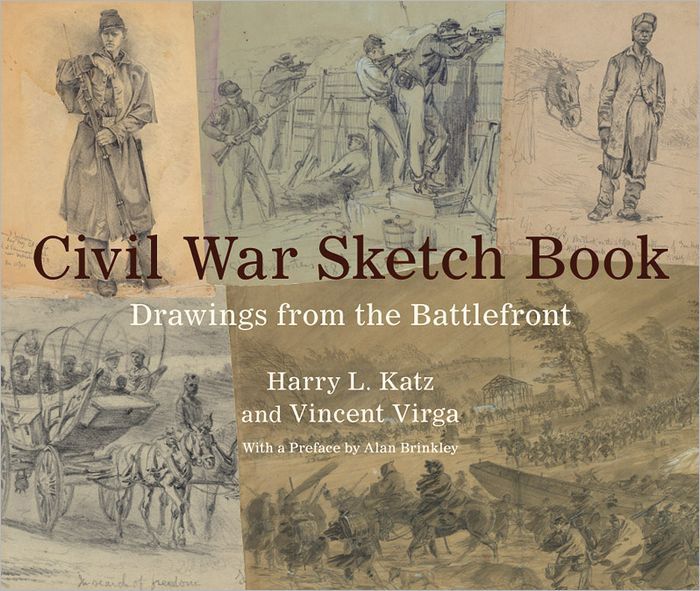
Civil War Sketch Book: Drawings from the Battlefront by Harry L. Katz and Vincent Virga, W.W. Norton & Company, New York, 2012, 288 pp., illustrations, bibliography, index, $50.00, hardcover.
In the days before cameras and motion pictures, newspapers and magazines relied on the creativity of artists whose drawings could capture the imaginations of their readers. During the Civil War, many of these artists were employed by a variety of publications to do just that and bring a visual imagery never before seen to the American public.
This book is arranged in chronological order and contains more than 200 drawings, including works by such prominent artists as Winslow Homer, Thomas Nast, Alfred Waud, Edwin Forbes, Frank Vizetelly, Arthur Lumley and Theodore R. Davis. These intrepid artists traveled with the armies, often braving personal danger, to bring the ferocity and savagery of the conflict to the American people. The artists also drew the more mundane aspects of the war ,depicting soldier’s camp life, picket duty and leisure time during the fighting. Many of the sketches have rarely been seen.
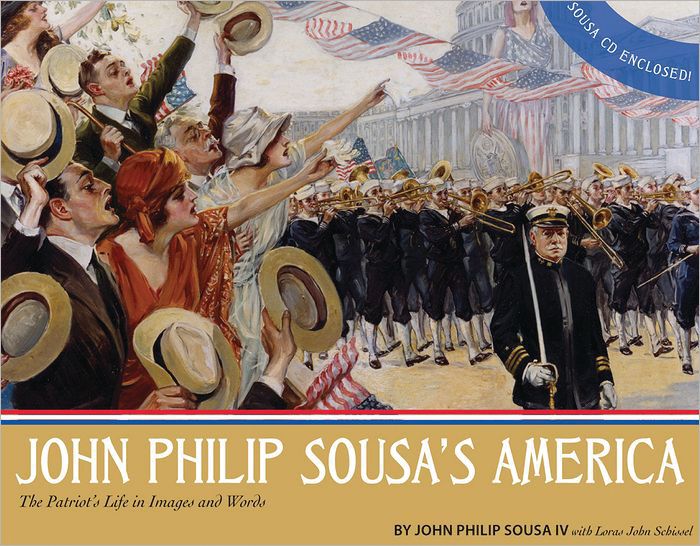
John Philip Sousa’s America: The Patriot’s Life in Images and Words by John Philip Sousa IV, GIA Publications, Chicago, IL, 2012, 214 pp., photographs, illustrations, $34.95, hardcover.
A superstar of his day, John Philip Sousa, director of the U.S. Marine Band known as “the President’s Own,” truly epitomized the American dream. Born to poor immigrant parents, Sousa showed a talent for music at an early age. When he was just 26 years old, he was appointed the director of the Marine Band, the youngest ever. To hide his youthful features, Sousa grew a beard to appear older to the experienced musicians. It worked, and he remained the group’s director for 12 years before departing to form his own band.
In his lifetime Sousa composed 137 marches, 15 operettas, 70 songs, 15 suites and more than 700 other works. He was a musical genius whose marches continue to inspire people today. This book, written by Sousa’s great-grandson and Sousa scholar Loras John Schissel, is a fitting tribute to one of America’s greatest musical talents.
Just prior to his death in 1932, Sousa was on tour rehearsing in Reading, Pennsylvania. The very last song played was “The Stars and Stripes Forever,” perhaps his most popular tune. “The March King,” as he was known, probably would not have wanted it any other way.
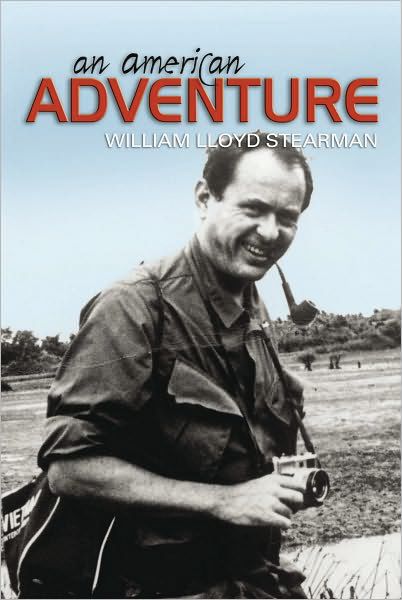 An American Adventure: From Early AviationThrough Three Wars to the White House by William Lloyd Stearman, Naval Institute Press, Annapolis, MD, 2012, 304 pp., photographs, index, $37.95, hardcover.
An American Adventure: From Early AviationThrough Three Wars to the White House by William Lloyd Stearman, Naval Institute Press, Annapolis, MD, 2012, 304 pp., photographs, index, $37.95, hardcover.
To say that William Stearman’s life was adventurous is an understatement. Born into a family with roots in developing aviation, to serving in World War II in the U.S. Navy, the Cold War, Vietnam, and becoming Foreign Service officer and advisor to 10 presidents, Stearman has literally seen it all.
Stearman’s father founded Stearman Aircraft Company, which later became Boeing-Witchita and the Lockheed Aircraft Corporation. He would marvel at the stories his father would relate concerning Charles Lindbergh and Howard Hughes, two other early pioneers.
At the end of World War II, Stearman remained in Europe, attending school in Switzerland and obtaining a master’s degree and doctorate. He traveled extensively through war-torn Europe and became a correspondent, covering the Communist takeover of Eastern Europe. When he returned to the United States nearly two decades later, Stearman referred to it as a Rip Van Winkle experience. He was taken aback by the amenities Americans possessed compared to a ravaged European continent.
Stearman has written a marvelous memoir of his time overseas and in the White House. His candid observations make for interesting reading, especially for those individuals wanting to pursue a career as a Foreign Service officer.
 Lee’s Cavalrymen: A History of the Mounted Forces of the Army of Northern Virginia, 1861-1865 by Edward G. Longacre, University of Oklahoma Press, Norman, 2012, 468 pp., maps, photographs, notes, index, $26.95, softcover.
Lee’s Cavalrymen: A History of the Mounted Forces of the Army of Northern Virginia, 1861-1865 by Edward G. Longacre, University of Oklahoma Press, Norman, 2012, 468 pp., maps, photographs, notes, index, $26.95, softcover.
First published in 2002, this newly released edition, with a new introduction by the author, is still relevant today, particularly with the 150th anniversary of the Civil War upon us.
The author gives an excellent overview of the gray cavaliers of General Robert E. Lee’s Army of Northern Virginia. Steeped in mystique and legend, these Confederate horsemen outrode, outgunned and outmaneuvered their Federal counterparts during the conflict. Or did they? Longacre goes beyond the legend and writes about the flaws and mistakes Lee’s horsemen made and how the Union, despite several years of setbacks, soon out-performed them. There is no doubt that the shrinking supplies, shortage of horses and weapons played an important part in their demise. But Longacre also discusses the flawed tactics used by the venerated General J.E.B. Stuart and other cavalry leaders who did not adapt modern strategies being employed by the Unin cavalry units.
“From start to finish, Lee’s cavalrymen faced daunting odds,” Longacre writes, “but the way in which they chose to fight not only added to their problems, but made them insurmountable.”
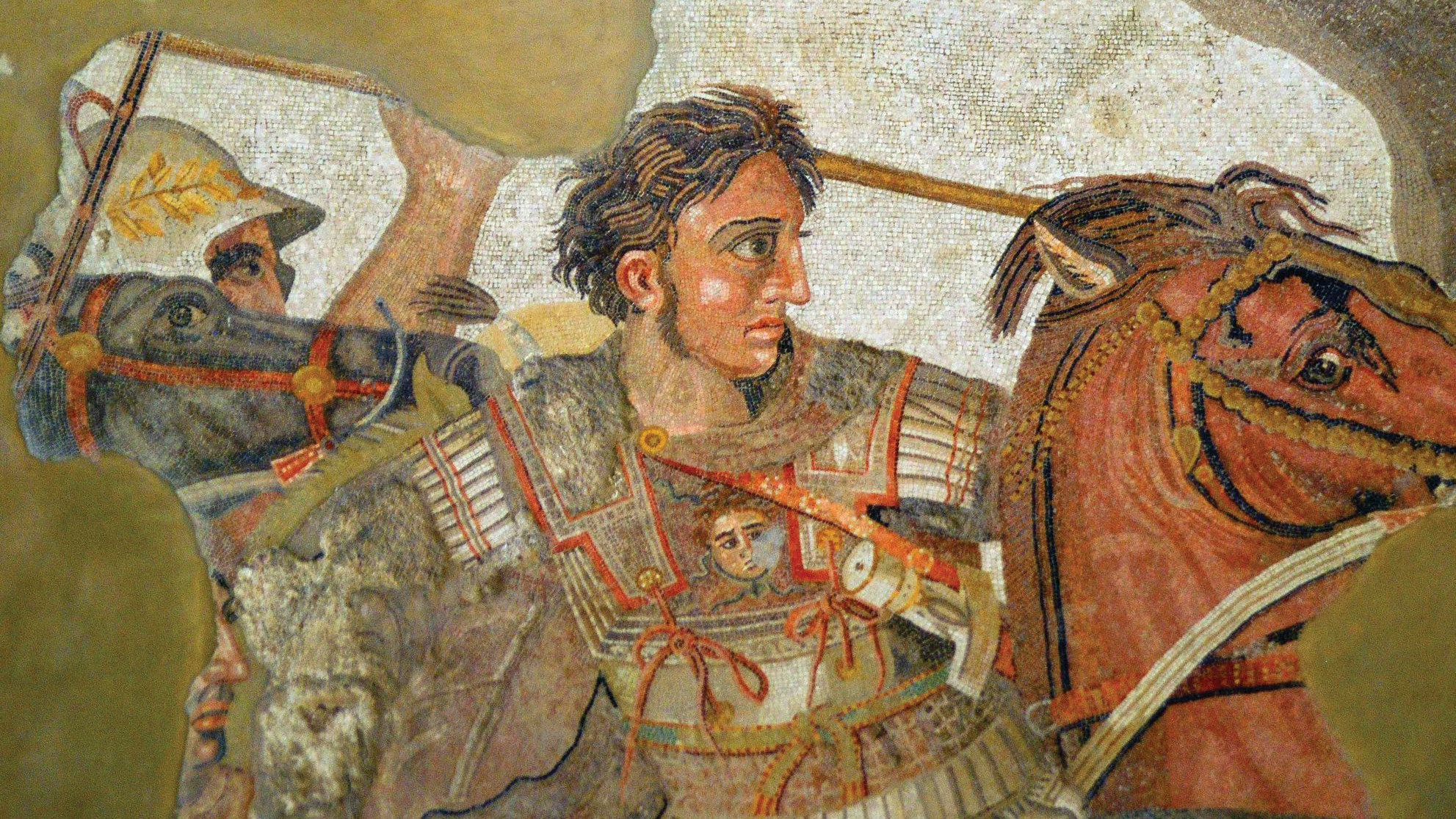
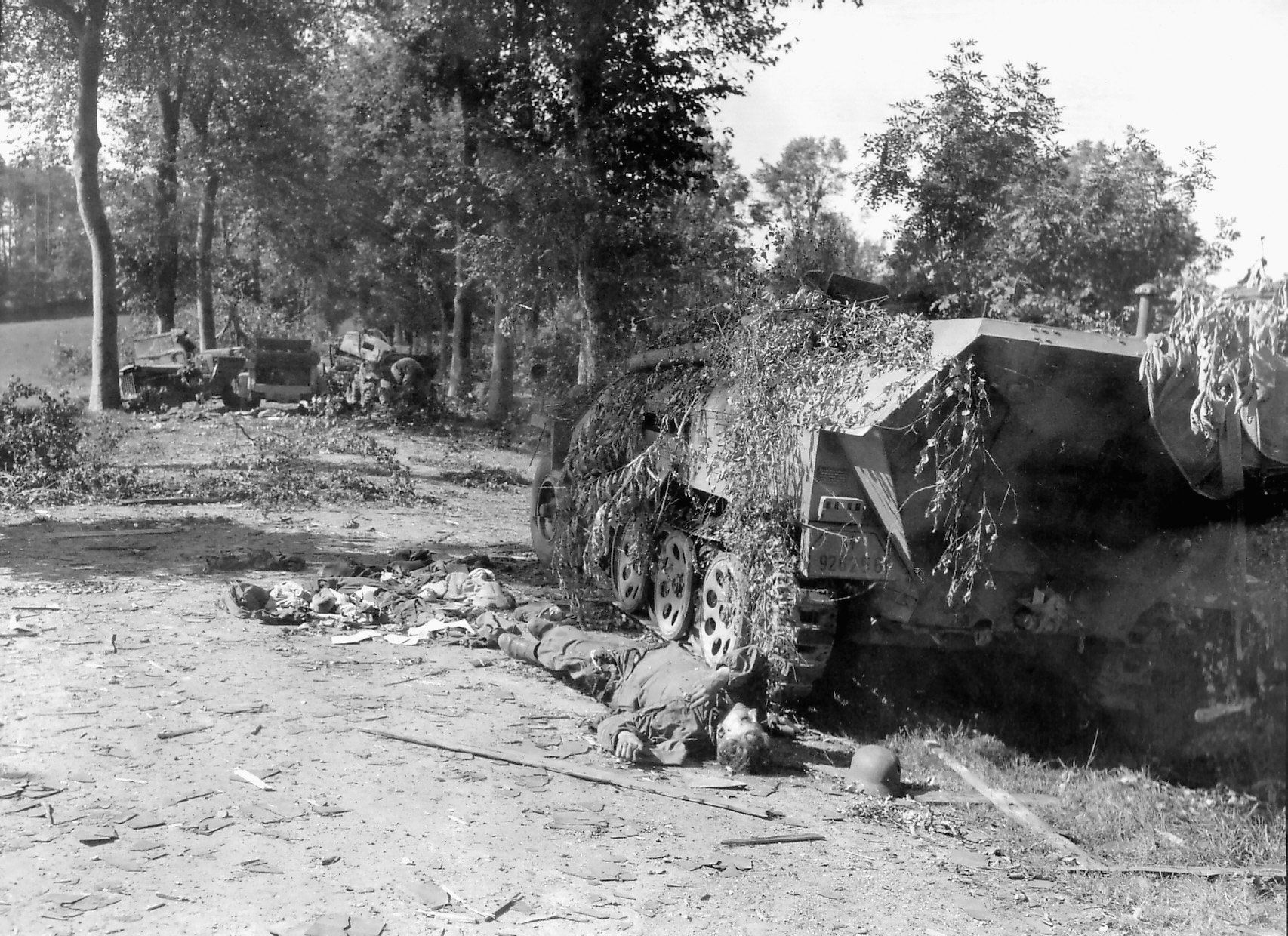
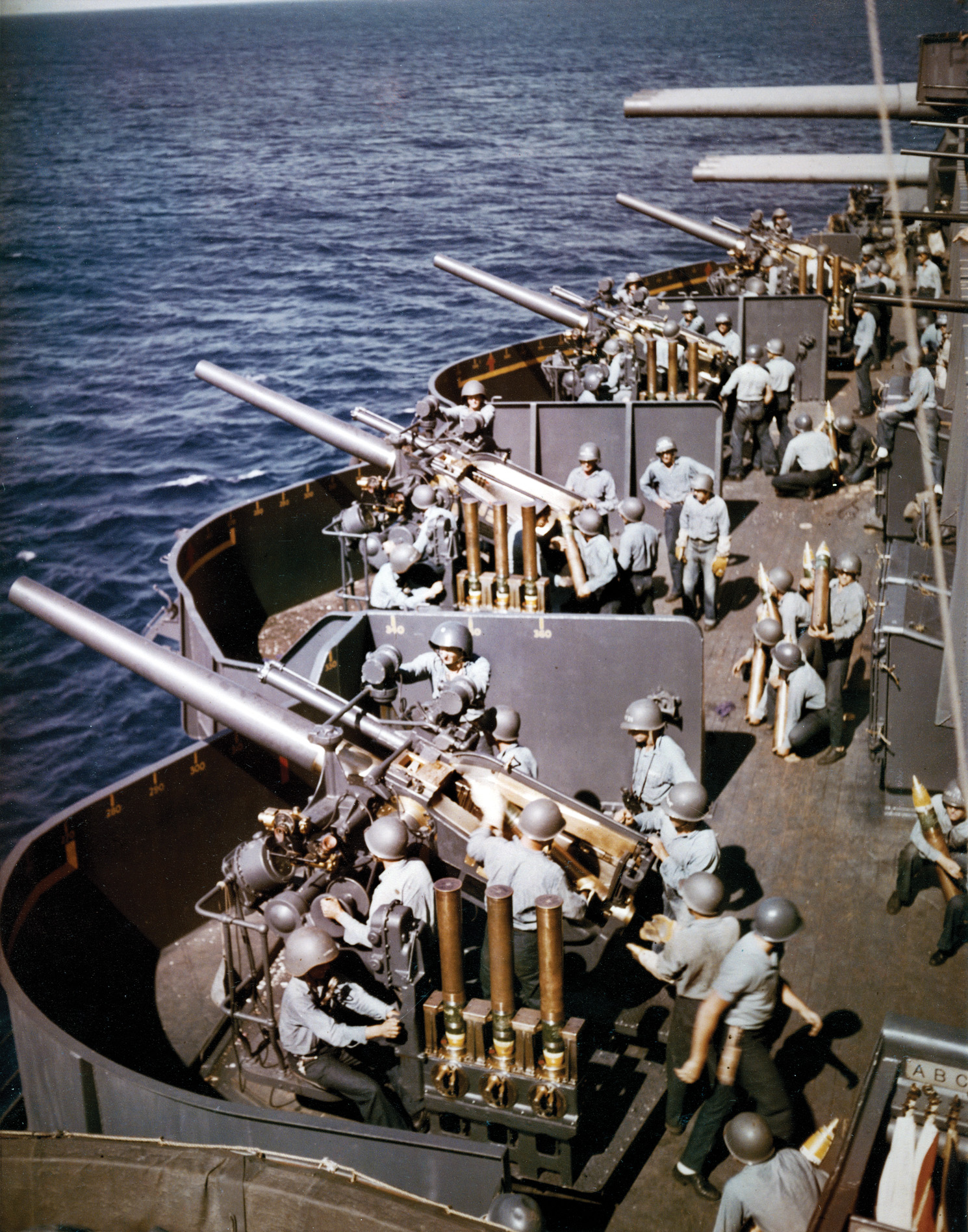
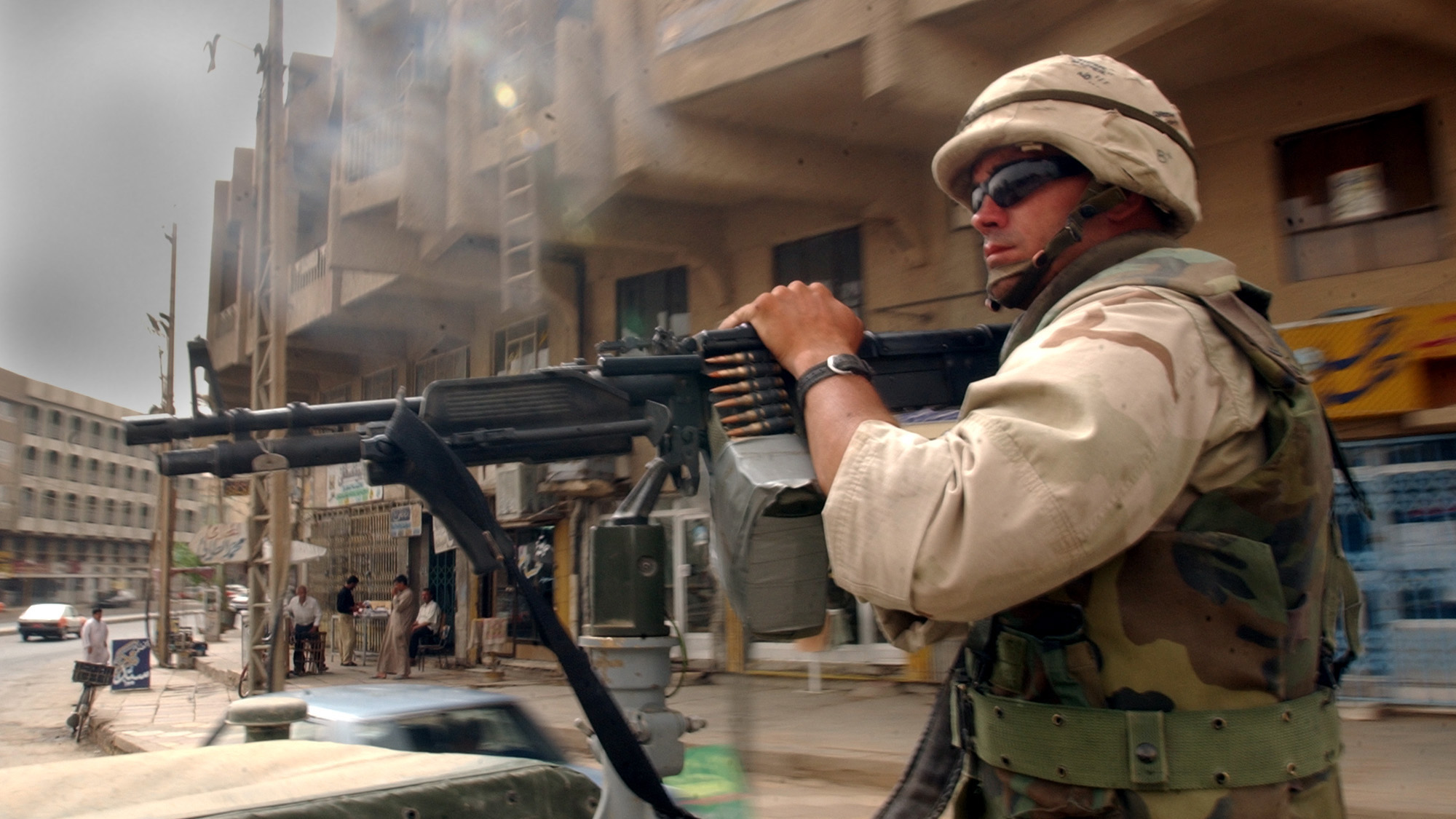
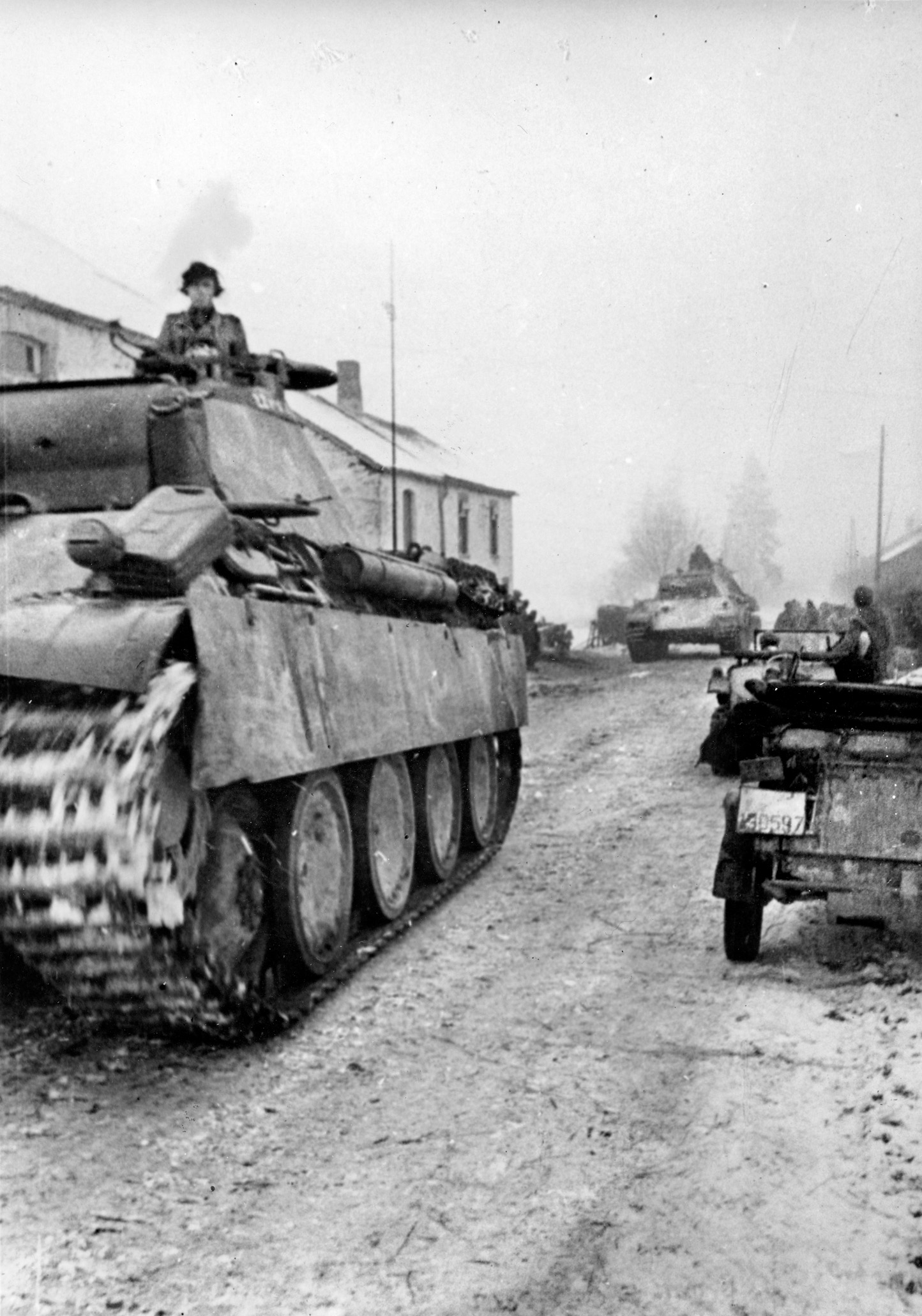
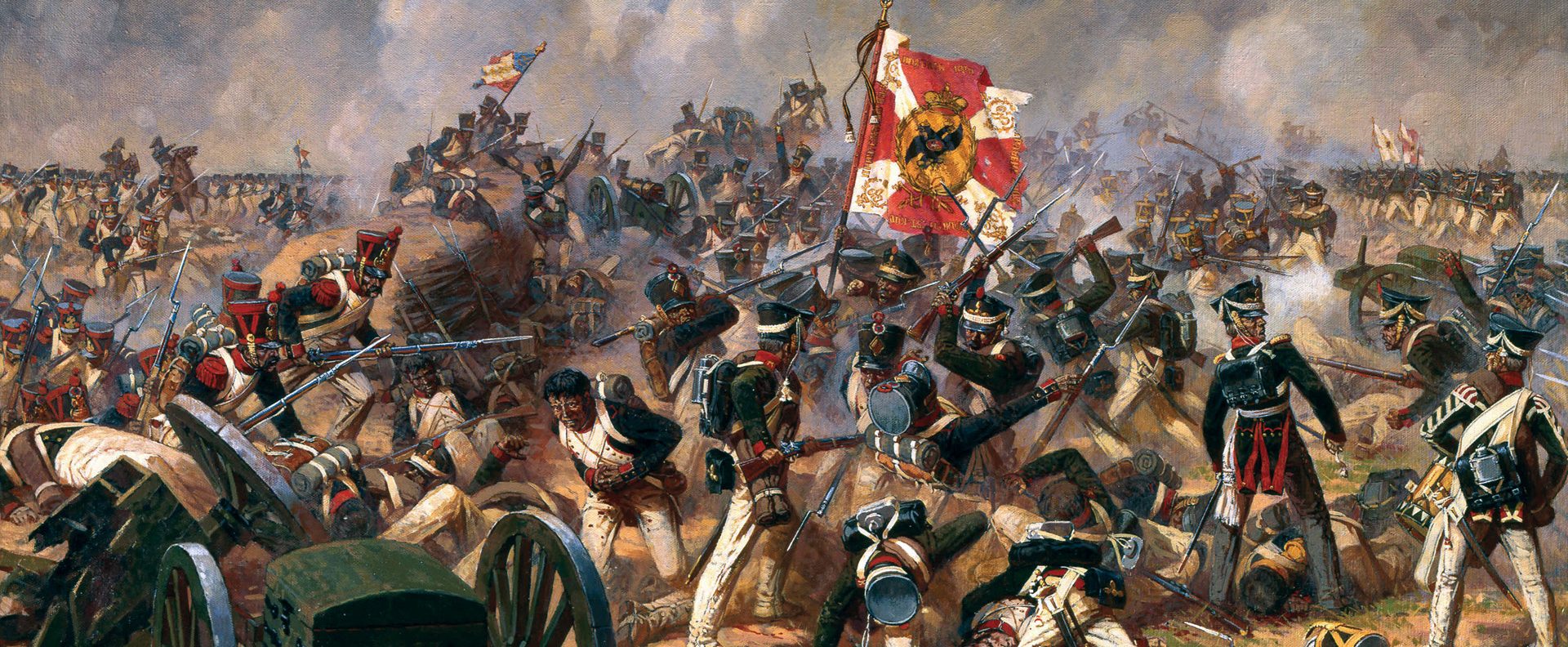
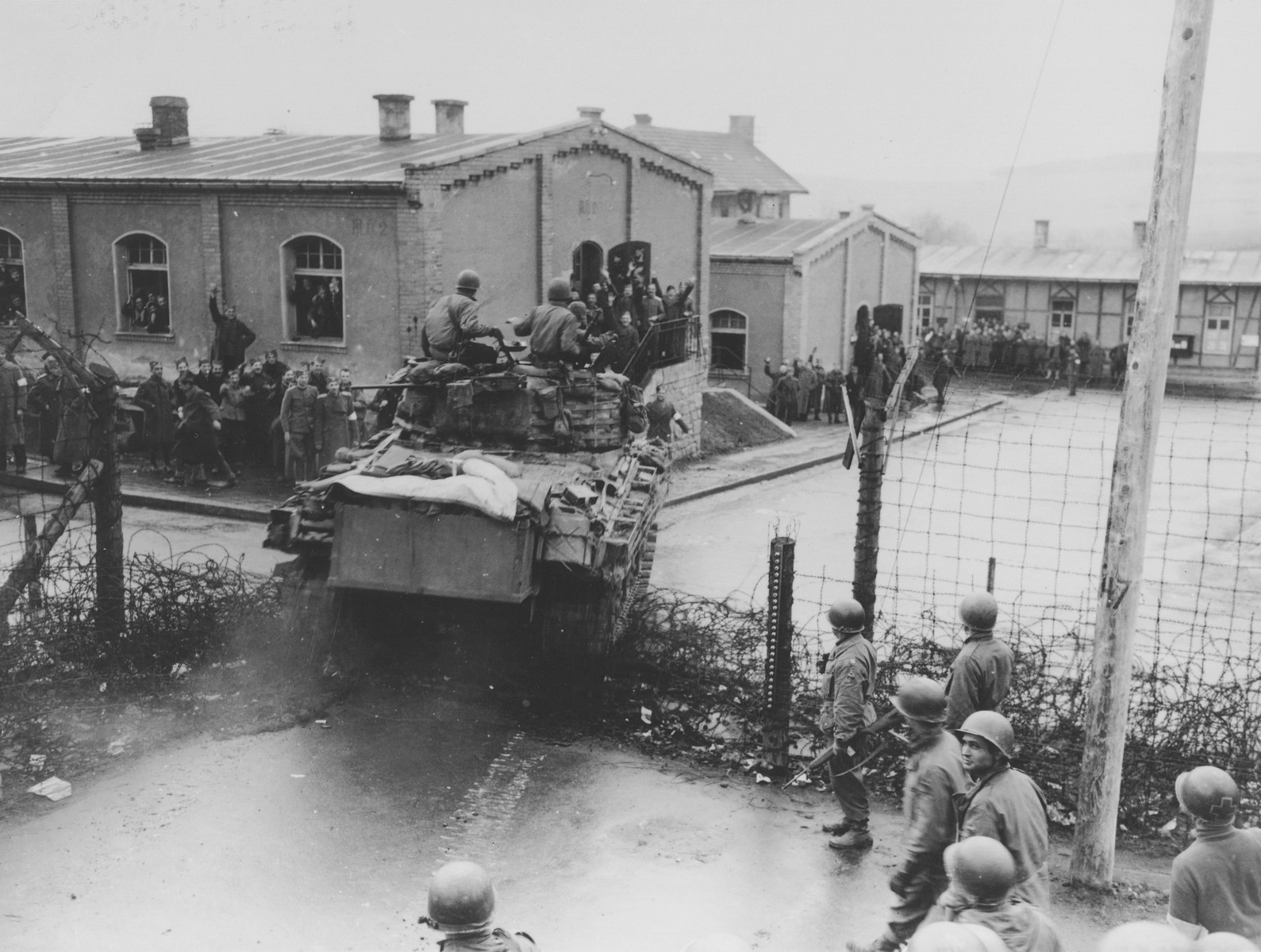
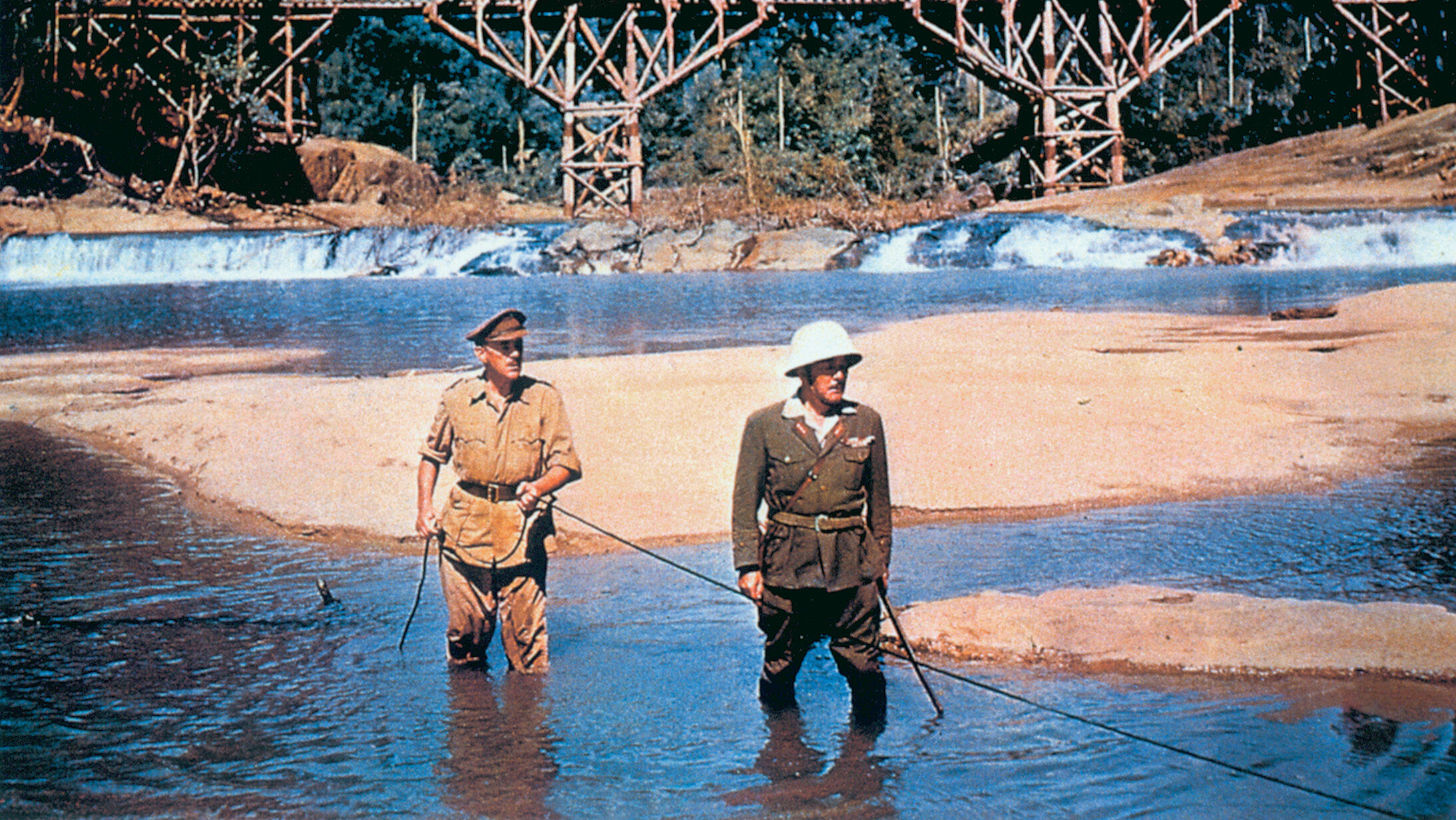
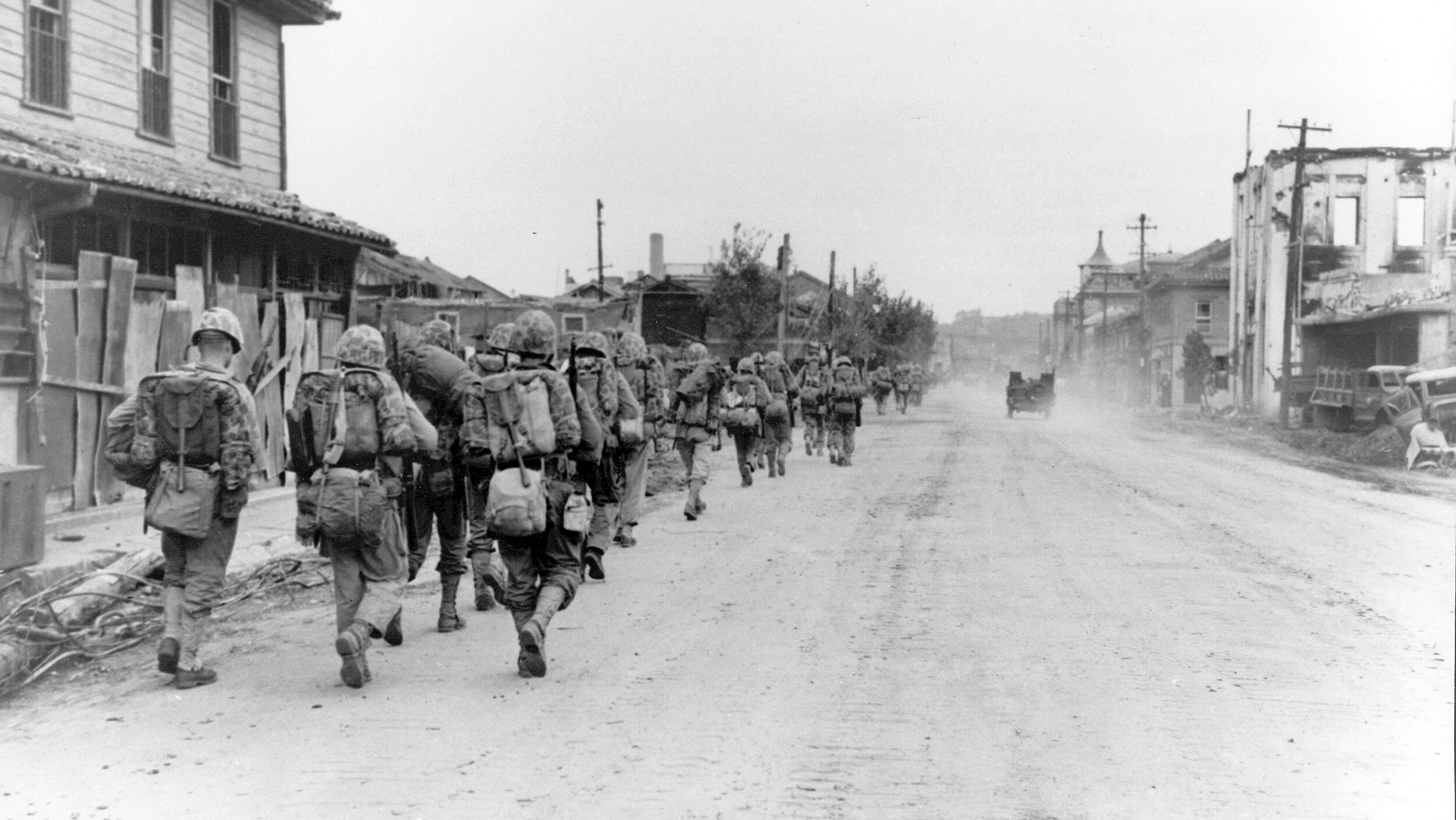
Join The Conversation
Comments
View All Comments